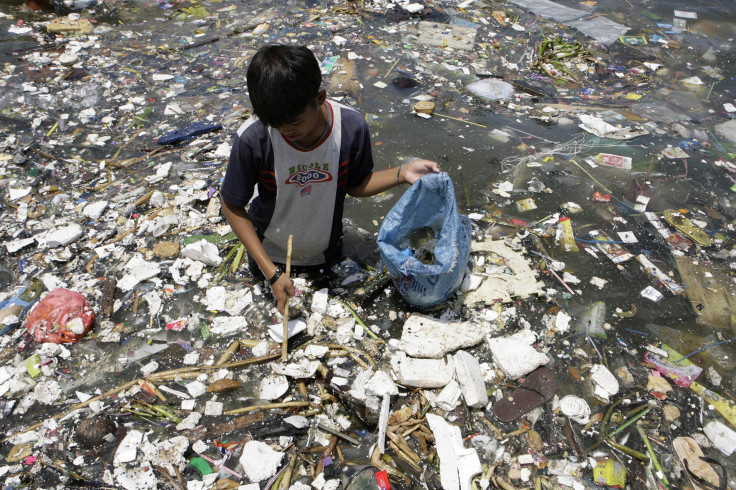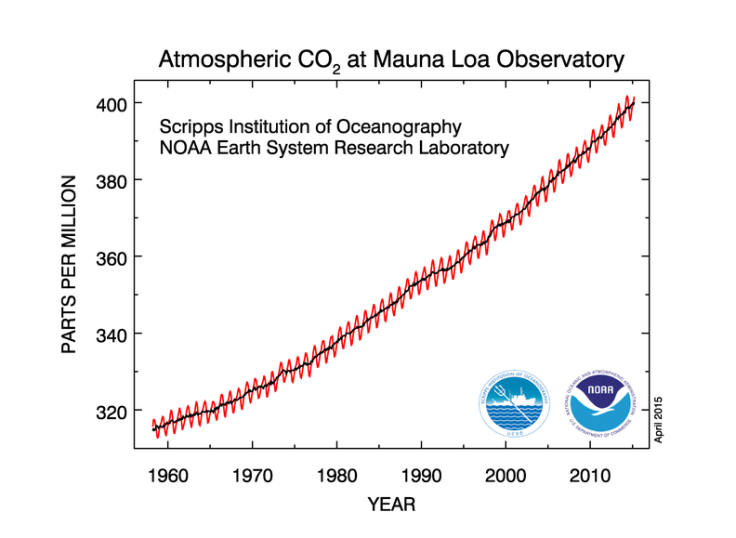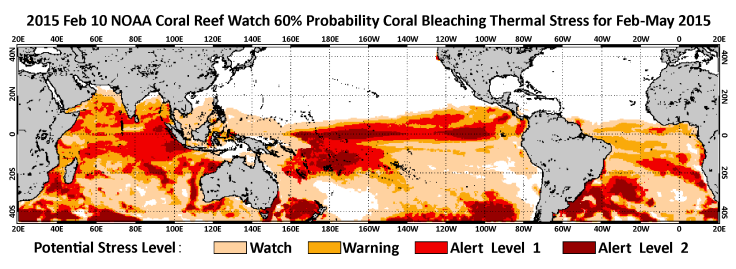Earth Day 2015: Environmental Destruction Continues Despite 45 Years Of Earth Day Celebrations

Our environment continues to deteriorate 45 years after the first Earth Day celebration. The atmosphere is filling up with greenhouse gas emissions. Pristine forests and coral reefs are disappearing at increasing speeds. Plastic garbage is clogging the oceans and killing fish. Happy Earth Day!
The holiday, which falls on April 22, began in 1970 as a way to pressure U.S. policymakers to adopt stronger protections for clean air, water and land. Earth Day is now recognized in nearly 200 countries, and millions of students, educators and activists around the world use this day to plant trees, pick up trash and raise awareness about climate change and other environmental threats.
But those efforts haven’t been enough to curb our tremendous thirst for oil, coal and natural gas or diminish our monstrous levels of industrial and household pollution. It doesn’t help that the world’s population has nearly doubled since 1970 to 7 billion people.
Here’s a look at five of the ways humans are still screwing up the planet after nearly a half-century of Earth Day events:
1. Carbon Dioxide Levels Are Rising
Before the Industrial Revolution of the mid-1700s, the amount of carbon dioxide in the atmosphere was around 280 parts per million (ppm). But as our homes, buildings and factories became electrified and our vehicles began guzzling gasoline and diesel, concentrations of heat-trapping carbon started rising exponentially.
Today, carbon levels are around 400 ppm, and Earth’s average temperatures have warmed by 1.6 degrees Fahrenheit since the start of the 20th century. Global warming causes sea level rise, shifting weather patterns and extreme droughts, among other effects. Scientists warn the planet could warm by 3.6 degrees Fahrenheit this century unless dramatic action is taken to curb consumption of fossil fuels and restore forests and wetlands, which absorb carbon emissions.

2. The U.S. Still Loves Fossil Fuels
Despite the warnings, the world's economies are still gobbling up fossil fuels. In the United States, the second-largest carbon polluter after China, consumption of coal, oil and natural gas has climbed in the last 45 years, data from the U.S. Energy Information Administration show.
However, the U.S. is starting to turn a corner on renewable energy development and energy efficiency. The solar and wind industries have seen tremendous growth in the past decade, although the sources still account for only a sliver of the country’s total energy consumption.
3. Forests Are Fading
Picture England on a map. That’s about the size of all the forestland lost every year between 2000 and 2010, the World Resources Institute estimates. During that 10-year stretch, some 130 million hectares (320 million acres) of forest cover were destroyed.
Overall, about 30 percent of global forest cover has been cleared over time by loggers, farmers, ranchers, miners and other groups who value the precious land beneath the trees, the WRI says. Another 20 percent of forests have been degraded. More than 1 billion people depend on forest ecosystems for clean water, food, wood products and natural medicines.
There’s some bright side, however. In Brazil and other countries, tarnished forests are starting to be repaired, and more than two Chinas' worth of land has the potential to be restored.
4. Coral Reefs Can’t Catch A Break
About one-quarter of the world’s coral reefs are considered damaged beyond repair, while another two-thirds of reefs are under serious threats, scientists say. The list of causes is long: Destructive fishing practices, including the use of explosives and massive trawling nets. Careless tourism operations, such as building beachfront hotels in sensitive spots and allowing divers and snorklers to touch the reefs. Pollution from sewage, agrochemicals and offshore oil and gas wells.
To add insult to injury, climate change is causing the world’s oceans to warm, which is resulting in coral “bleaching.” Warm water causes corals to expel the algae living in their tissues. The algae is a major source of food, so without it, the coral turns white and loses its defenses against disease. Nearly all the world’s coral reefs will be in the danger zone by 2050 if climate change is left unchecked, the WRI predicts.

5. Whales Are Eating Your Plastic Grocery Bags
Tens of millions of tons of plastic products drift into the oceans every year via rivers, floods, storm water runoff and seafaring litterbugs. The debris annually kills around 100,000 marine mammals -- including a 32-foot-long sperm whale that washed up on Spain’s South Coast in 2013. A necropsy revealed it had nearly 60 different plastic items in its stomach, including shopping bags, rope, flowerpots and thick sheeting used to build greenhouses, the activist group Sea Shepherd Conservation Society reported.
In parts of the Pacific Ocean, the plastic gathers in “garbage patches” in areas where rotating currents, winds and other ocean features converge. But scarier still is the fact that most plastic debris actually degrades to untraceable levels. Researchers suspect that small fish break down floating plastic particles to even smaller pieces, making it easier for marine life to eat and introducing chemicals and toxins to the food chain.

© Copyright IBTimes 2024. All rights reserved.





















